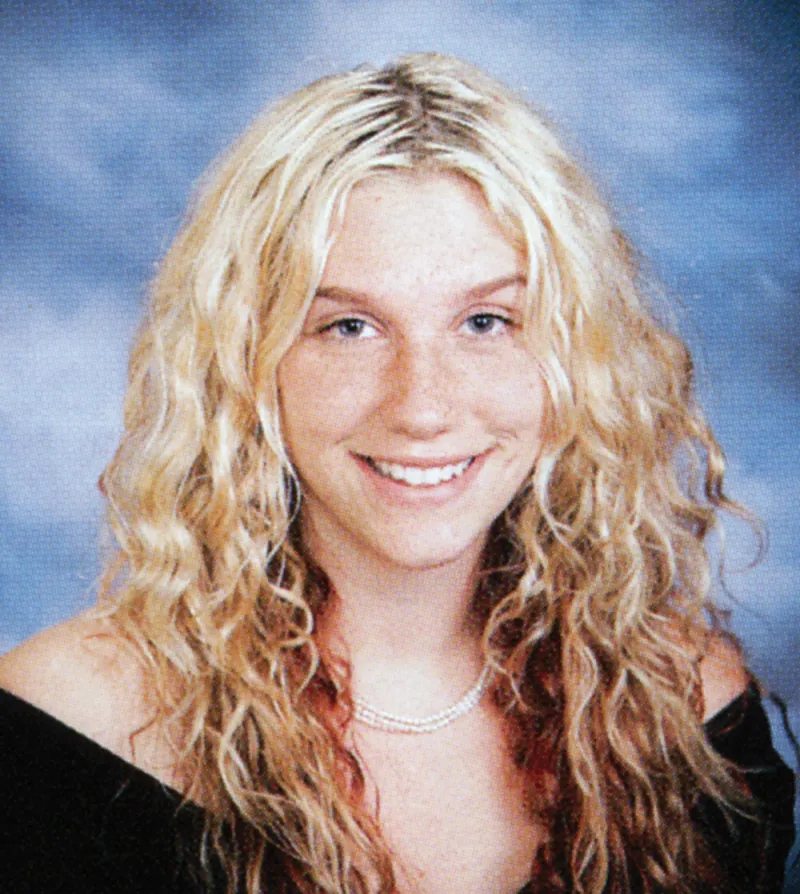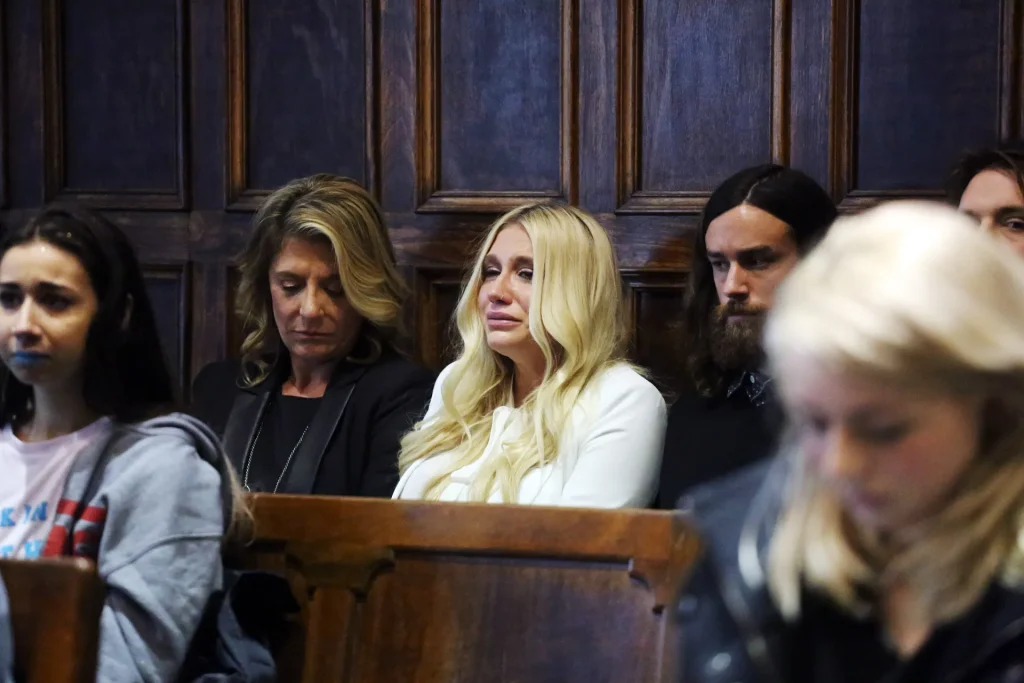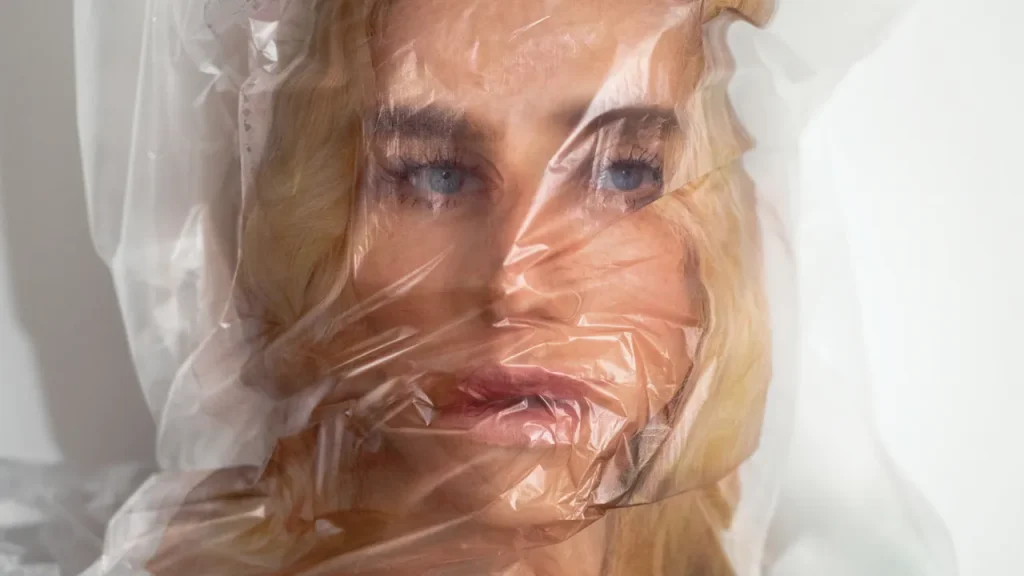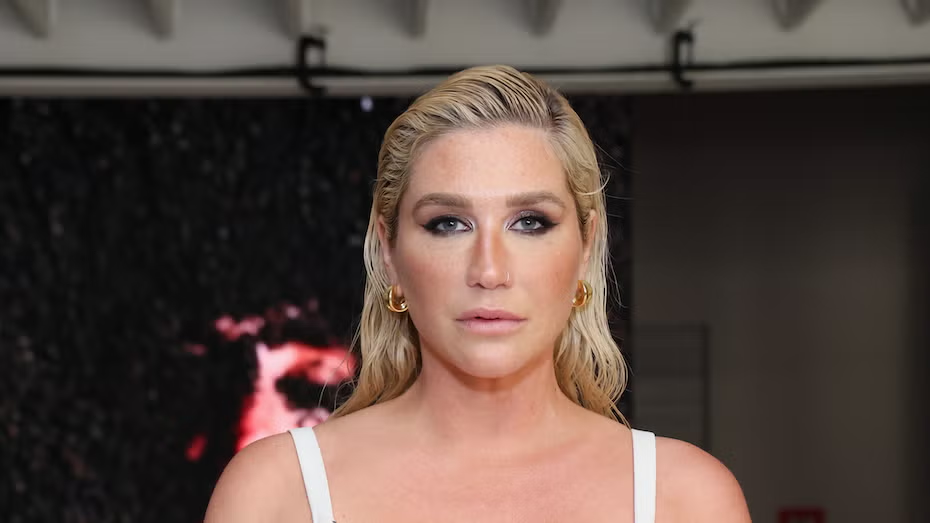Kesha’s life has always looked like a glitter bomb went off in a dive bar—chaotic, loud, fun, and just a little bit tragic. To the world, she was the wild “TiK ToK” girl brushing her teeth with Jack Daniel’s. But behind the Auto-Tune and confetti was a girl who grew up poor and without a father, got chewed up by the industry, and then had to publicly fight for her body, her art, and her life.
Here’s a look at Kesha’s real story.
She Grew Up Broke With a Single Mom and No Idea Who Her Dad Was
Before Kesha became a famous musician known simply by her first name, she was little Kesha Rose Sebert, growing up with her mom Pebe, who was also a songwriter trying to take care of her family and chase her own music dreams at the same time. It wasn’t easy. When her mother’s marriage ended, they had to survive on food stamps and welfare, and Kesha actually spent a lot of time at recording studios with her mother, because childcare and nannies are expensive and that wasn’t really an option.
She also had no idea who her father was. Kesha says her mother was more interested in having a child than a husband, so for years she just heard random male names and only had theories on which one could be her father.


Her First “Big Break” Didn’t Pay Her a Cent
Kesha’s big industry moment came before anyone even knew her name: she sang the hook on Flo Rida’s 2009 mega-hit “Right Round.” Her voice was everywhere—in clubs, supermarkets, and movies—and yet her bank account was still tragically empty.
She wasn’t credited on the US release, and later said she didn’t earn anything from that massive hit—not upfront, not in royalties. She was still broke, still waitressing, still hustling. The dollar sign in “Ke$ha” was a satirical reference to her financial struggles and the lack of payment for the globally popular song.
That’s already a pretty dark joke: your voice is generating millions, and you can’t even afford your groceries.
Her Party-Girl Persona Came With a Cost
When “TiK ToK” exploded, the world was introduced to Ke$ha: the chaotic, hard-drinking, glitter-smeared party girl who woke up feeling like P. Diddy. That persona sold records, but it also became a cage.
Producers wanted “fun” and only “fun.” She later said there was a very specific image in mind for her—wild, drunk, messy—and it left no room for nuance, mental health, or vulnerability. As she got older, she clearly grew tired of being boxed into that one character; albums like Rainbow and Gag Order are basically her yelling, “Hey, I’m not just your walking hangover joke.”
The tragic part? It took a full-scale breakdown for the industry to let her be anything else.
Perez Hilton “Single-Handedly Ruined” a Relationship
Who knew a gossip blog could ruin a relationship, but that’s exactly what Perez Hilton did back in the day to Kesha. Kesha has revealed on her reality show My Crazy Beautiful Life that Perez leaked intimate photos of her and her boyfriend online and ruined the only relationship that’s ever meant anything to her.
Suddenly, her private life was all over the internet, used as clickbait. It was mortifying for Kesha, and it was a tough emotional blow, since her relationship felt like one of the very few safe spaces in her life at the time.
She Was So Deep in an Eating Disorder She Almost Died
She’s been open about the fact that she developed severe bulimia after constant body-shaming and industry pressure to be thinner. In an interview, she said she was under “immense pressure to starve” and that she “tried to and almost killed herself in the process.”
She checked into rehab in January 2014 at Timberline Knolls—the same facility known for treating eating disorders—and described it later as a turning point where she had to relearn how to eat, exist, and not hate her own body.
It’s easy to look at old photos and see a sparkly pop star. What you don’t see is a young woman who genuinely believed she didn’t deserve food.

Rehab Wasn’t Just for Her Body — It Changed Her Music
In rehab, Kesha wasn’t just healing; she was writing.
She’s said that while she was in treatment, staff eventually let her have a little keyboard so she could write songs. Some of the music that became Rainbow started there, in a facility where they literally removed power cords so patients couldn’t hurt themselves.
When she came out, she dropped the “$” from her name. It wasn’t just a rebrand; it was her way of leaving behind the caricatured party girl and reclaiming herself—as a survivor, a writer, and a woman who was done being a punchline.
She Sued Dr. Luke in 2014 — and Her Career Got Stuck in Limbo
In October 2014, Kesha sued her longtime producer Dr. Luke, accusing him of all sorts of abuse, including sexual, physical, verbal, and emotional. She also said that he drugged and assaulted her. He denied all allegations and countersued her for defamation and breach of contract.
Here’s where it gets especially tragic: Kesha wasn’t just fighting for justice—she was also begging to be released from her contract so she wouldn’t have to keep working under his control.
In 2016, a judge denied her request for an injunction that would’ve let her record outside of her deal. Fans launched the #FreeKesha movement, but legally, she was still tethered to a system she said was tied to her trauma.


She Lost Years of Creative Freedom During the Legal Battle
Kesha has said that, during the years of lawsuits and countersuits, she felt creatively trapped. While technically allowed to record with other producers under the Sony umbrella, the reality was far messier: she couldn’t freely make and release music on her own terms, and her career stalled during the height of her fame.
She did eventually release albums like Rainbow, High Road, Gag Order and now Period, but much of that music came with the weight of legal obligations and psychological fallout. Gag Order, for example, is literally framed around feeling silenced and suffocated by the whole process.
The tragedy isn’t just what allegedly happened to her—it’s how long she had to keep making art while being dragged through courts, headlines, and public skepticism.

She Says She Was Pressured to Recant in Exchange for “Freedom”
At one point, Kesha claimed on Instagram that she’d been offered a way out of her contract—if she would publicly take back her accusations and apologize. She said she refused. Imagine being told, “You can have your career back if you say the thing that destroyed you never happened.”

She Nearly Died After a Fertility Procedure in 2023
Just when you think she might finally be catching a break, life hits her again—this time physically.
In early 2023, Kesha underwent a fertility treatment, she was trying to freeze some eggs and almost lost her life due to complications. She said she felt so weak she could barely walk. At the hospital, doctors discovered she’d developed a rare but serious complication from the procedure, likely made more dangerous by her underlying immune condition.
In the same period, she was diagnosed with common variable immunodeficiency and later complex PTSD. Because apparently her body and brain hadn’t been through enough already.

Today, Kesha Is Still Standing — and Singing on Her Own Terms
Kesha has settled her case, finished her obligations, and is now releasing music on her own label with full creative control. Her latest era, including her album Period (.), is loud, weird, joyful, and defiantly hers—a mix of the unhinged fun of early Ke$ha and the emotional depth of the woman who’s survived more than most people will in a lifetime.
She’s been through poverty, fatherlessness, exploitation, eating disorders, public humiliation, a decade-long legal war, life-threatening health scares, and near total burnout—and somehow, she’s still cracking jokes, manifesting a sugar daddy and a yacht, and telling women (and herself) they deserve better.
Kesha’s real-life story is tragic, yes. But it’s also very much unfinished—and for once, that feels like good news.
